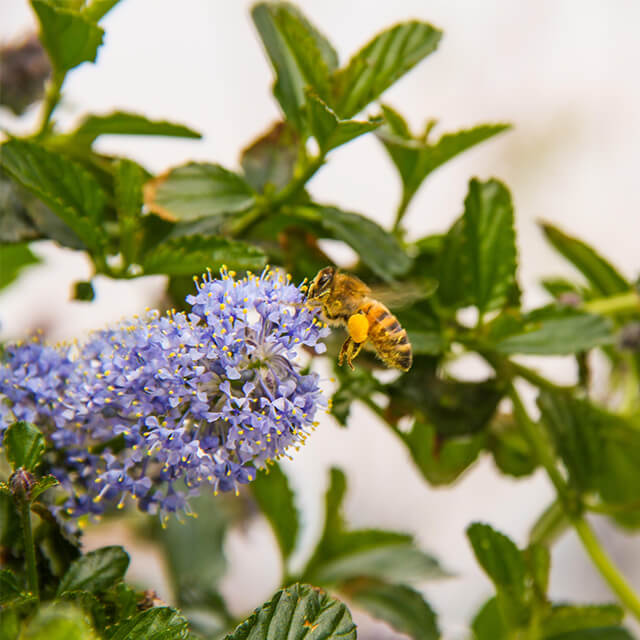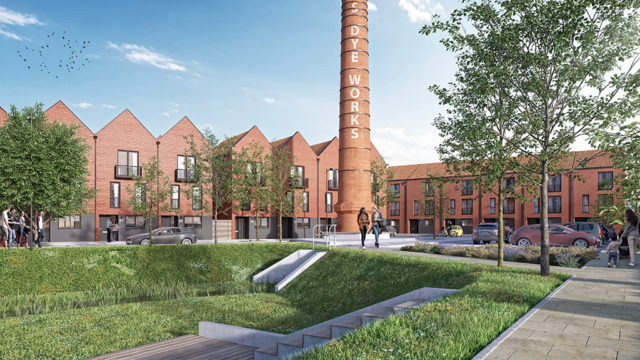The homes we create are all ‘Different By Design’, that means we pride ourselves on thinking differently – approaching each and every project individually with a holistic approach on how we can maximise sustainability and move forwards positively towards the production of zero carbon housing design. Here are some of the ways in which we design and build our homes to be enjoyed now and how they are fit for the future.
‘The Greenest building is one that already exists’ Carl Elefante
At Acorn we are committed to re-using existing buildings where possible rather than demolishing and replacing – studies have suggested that it takes between 10 and 80 years for a new building that is 30 per cent more efficient than an average-performing existing building to overcome the negative climate change impacts related to the construction process.



